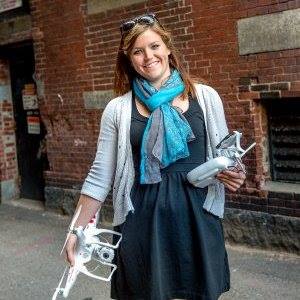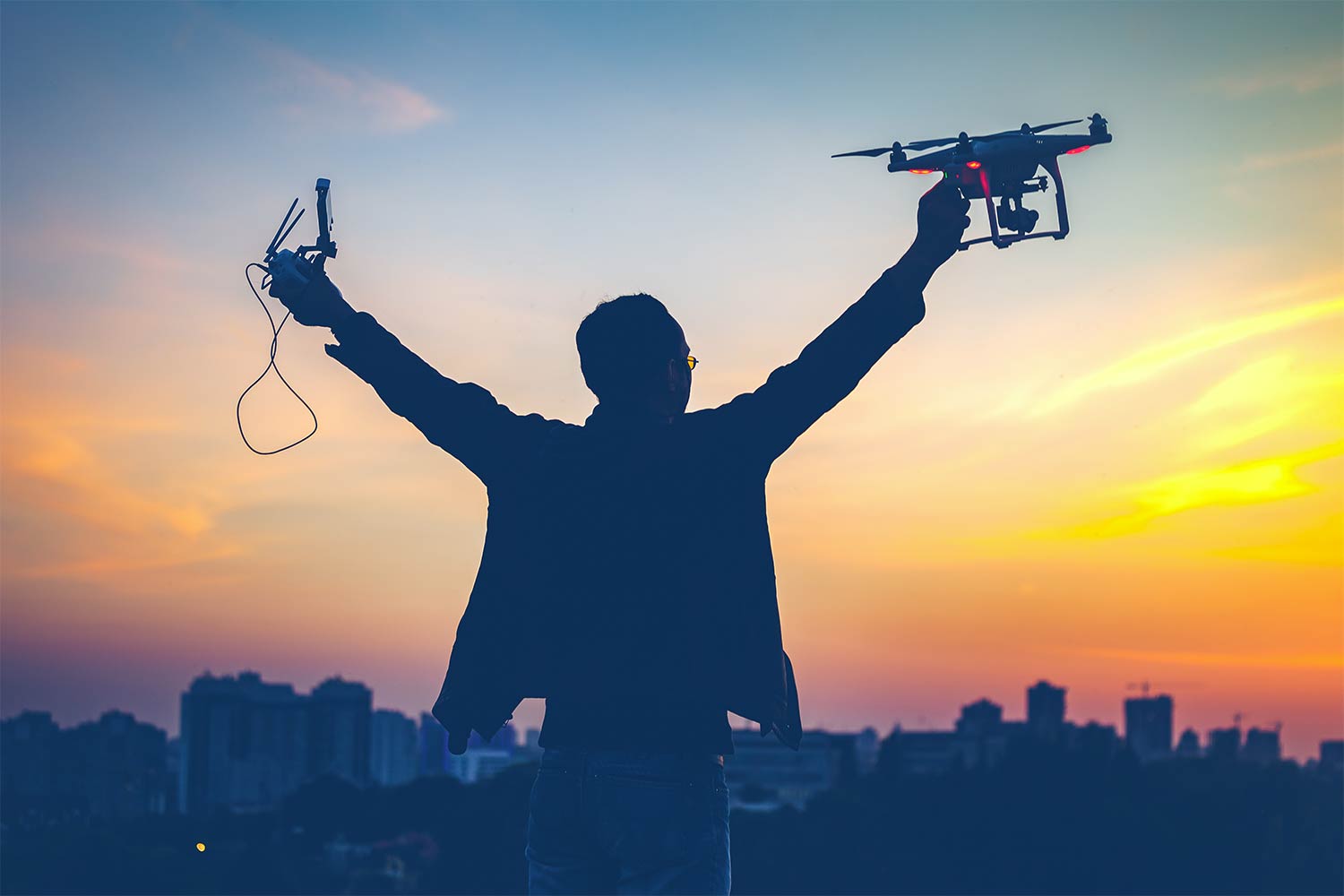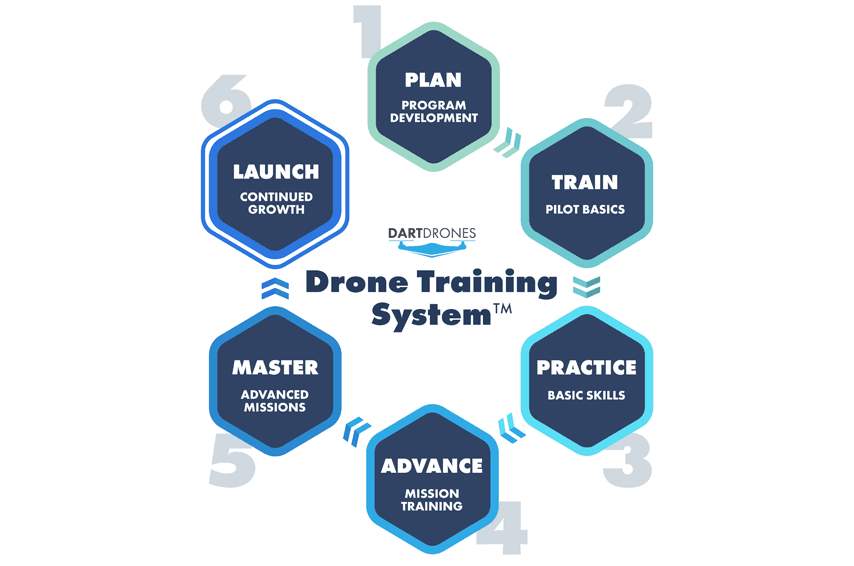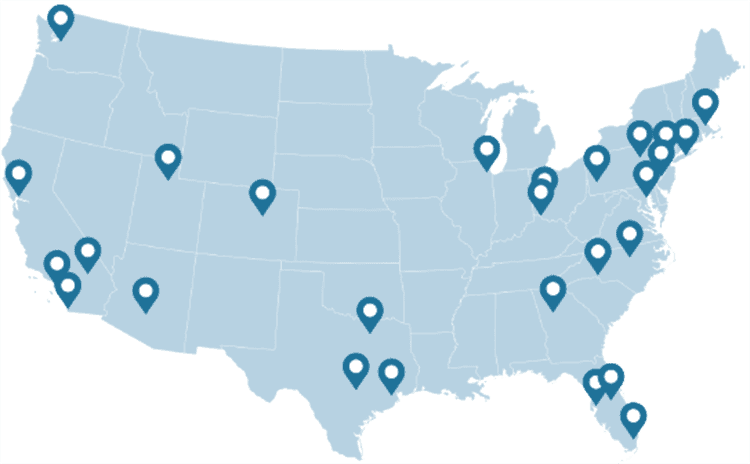
The Future of Drones
The advent of mini, micro, and small unmanned aerial systems has shown to create unlimited potential for the commercial use of drones. The future of drones will be quite interesting, especially as the legal issues unravel and–as we believe–allow for greater use across a number of industries.
Editor’s note: A lot has changed in the drone industry since this post was first written. If you know how much has changed, visit the blog’s home page to see more recent stories about what is going on in the drone industry.
In the USA there is currently a ban on the commercial use of drones until the FAA figures out how to incorporate them into the national airspace. The rules are expected to arrive sometime in 2015 but the testing of drones through limited FAA approvals and modeling enthusiasts is already underway. So what applications can we expect from drones.
Currently there is a significant focus on agricultural use. Drones using high tech cameras are able to detect crop stress, weed mapping, and hydrological effects on crops. This application is already being used in countries in the mid-west, South America and Australia.
Drones will be used for oil exploration, monitoring pipelines, transmission lines, oil rigs, wind turbines, bridges, and roofs in populated and remote areas of the globe. In fact drones are being used today to do some of these tasks in Alaska.
Drone technology is currently able to mount small cameras that will be used in journalism, real estate, photography, and film industry applications. News companies large and small will be able to use drones in lieu of expensive helicopters.
Realtors selling high-end homes will be able fly over their listed properties and capture aerial footage of the grounds and surroundings. Small photography companies will be able to enhance their offerings by providing a top down view of their subjects. The FAA is on the verge of allowing movie companies to use drone technology.
With the high costs of helicopters, drones provide an economical alternative for public entities. Police, fire and rescue organizations will benefit from this technology by creating greater depth and breadth of coverage to the overall benefit of the public. Life guards along both costs will be able to quickly respond to emergencies and monitor the coast line for potential dangers. Ski resorts will be able to monitor avalanche risks. Australian police forces are currently using this application along with some police departments in the US in the mid-west and along our southern border.
Delivery of critical supplies and consumer products will provide huge and significant economic advantages. Amazon and other companies are developing the technology to deliver their products with drones. Facebook is developing a technology to deliver Wi-Fi services with large drones.
The future of drones appears to be limitless and will provide significant technological and economic advantages to all types of applications large and small.







